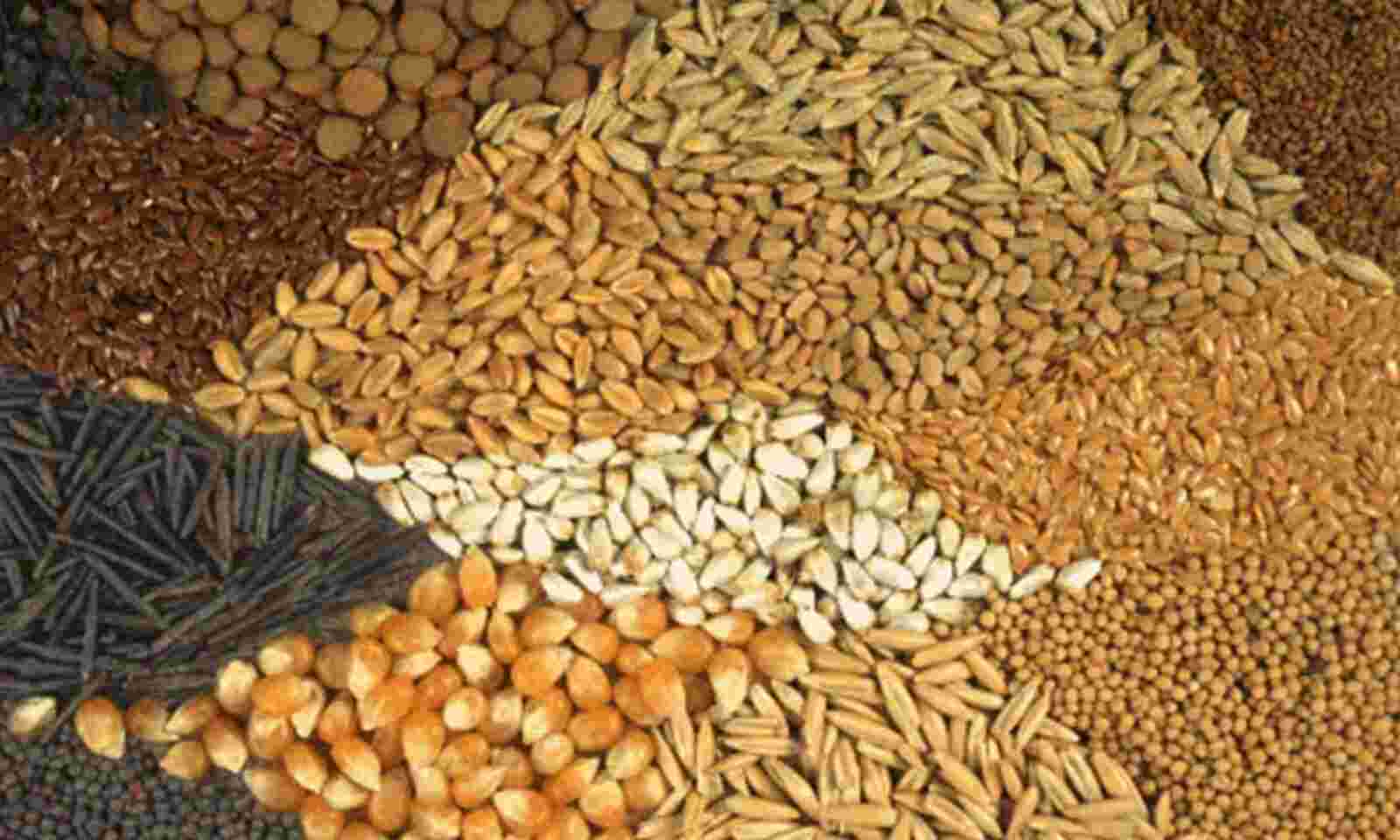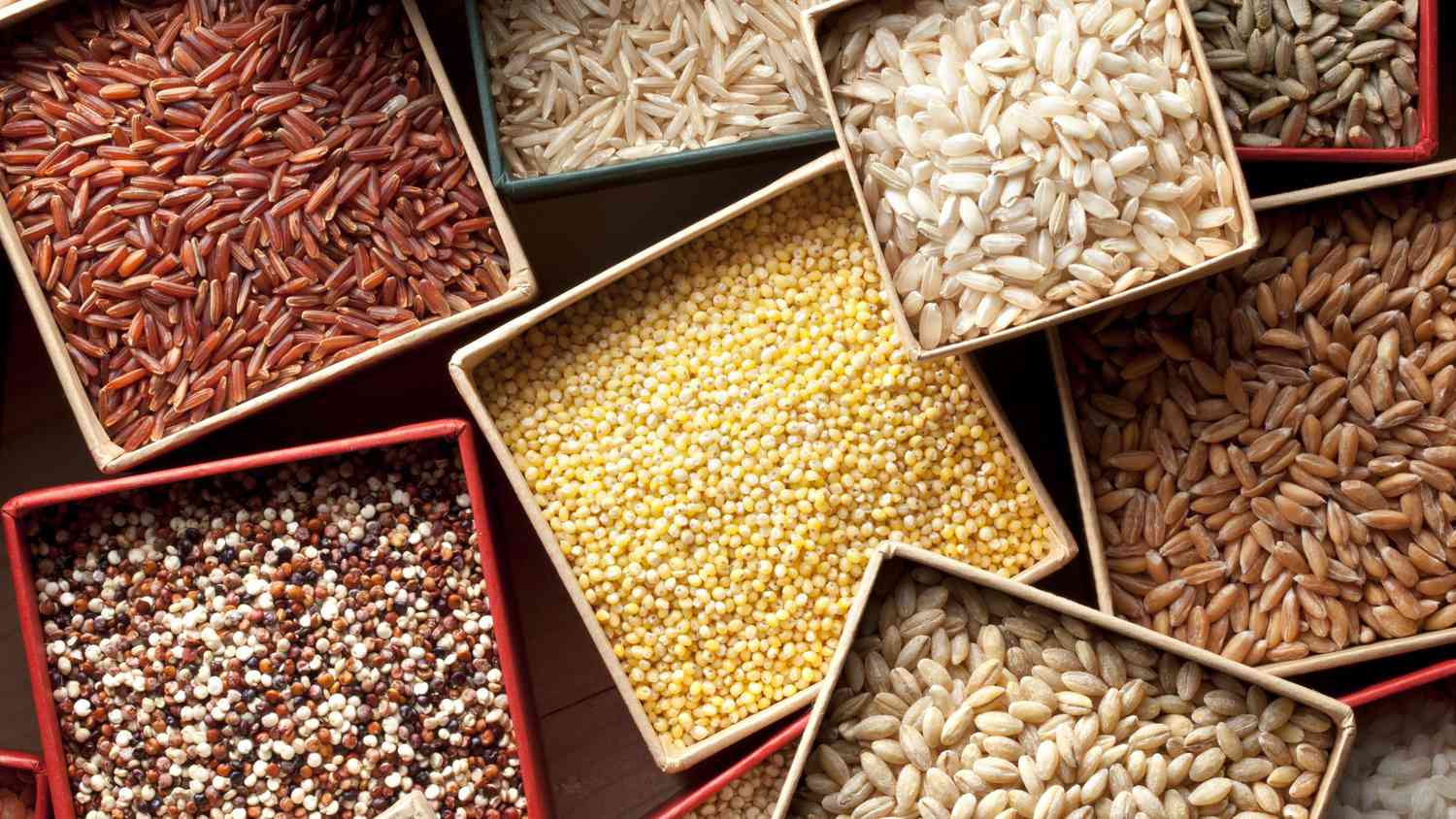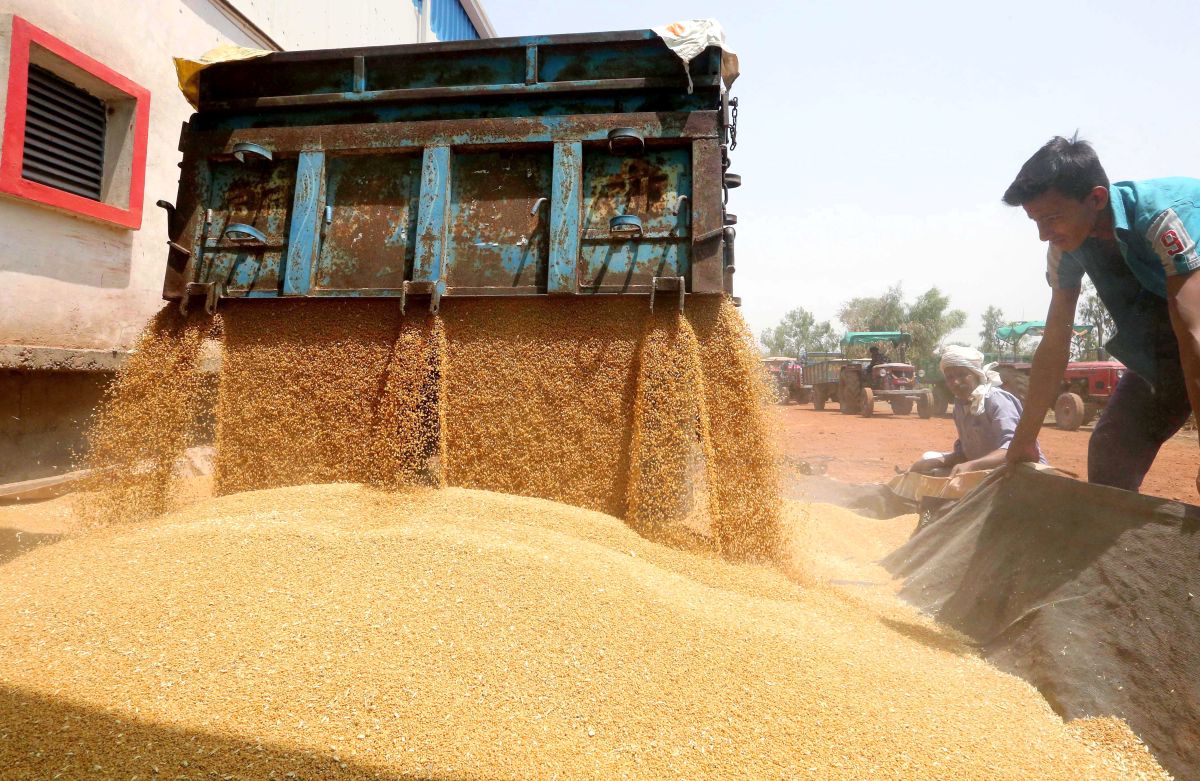World Food Crisis: causes, consequences and solution

War is exacerbating the food crisis, but to end it, the United States must first recognize that the military solution to the conflict in Ukraine will result in the defeat of Russia that it seeks. There is a global food crisis that affects both production and distribution.
Acute food insecurity affected approximately 193 million people in 2021, according to the Global Report on Food Crises 2022. They were stationed in 53 different countries and territories.
This figure was 40 million higher than the number of people suffering from acute food insecurity in 2020. All this before the current armed conflict in Ukraine, which has undoubtedly exacerbated the global food crisis, erupts in February 2022.
Before delving into the causes of this crisis, it may be helpful to consider how the modern global food system works. It has been claimed that the elites of developed countries, based mainly in temperate countries of the Global North, seek control over many primary commodities (crops and minerals).
This is because most such primary commodities are not available in the global north. These raw materials are mainly (but not exclusively) found in tropical and subtropical regions, which are mainly inhabited by developing countries.
This control entails a squeeze on working-class incomes, releasing a greater volume of primary commodities to the developed world. As a result, workers in these countries face chronic hunger, malnutrition, and starvation.
This compression, however, is not symmetrical across all segments of the labor force within or across developing countries. In terms of crops, this export to developed countries frequently involves a shift in cultivable land use from food to non-food crops, as well as the export of food crops at the expense of domestic food security.
Developing countries that have gone far enough are becoming dependent on food imports. This not only makes them vulnerable to global market volatility, but also makes them dependent on corporate agribusiness (and the elites of developed countries more generally, especially through international finance, which controls much, but not all, of the global trade in food and primary commodities).
This control of the elites of the developed countries—the colonizers—over primary goods has led to the death of hundreds of millions of people. Famines and epidemics exacerbated by such famines occurred throughout the colonial period, which lasted centuries.
By prioritizing the drain of wealth through the export of primary commodities, the British colonial government squeezed the purchasing power of working people in India.
He largely ignored public investments in agriculture that could have led to land expansion, which played a significant role in these deaths. However, the promise of political decolonization, which was not fully realized during the dirigisme period, was quickly undermined by the neoliberal project, which reintroduced domestic food insecurity in many developing countries.
The limited public support for agriculture introduced during the period of dirigisme has also weakened.
As a result, the functioning of the modern global food system reproduces food insecurity, especially in developing countries. Agribusiness corporations, mostly based in developed countries and allied with international finance, control trade in many agricultural inputs and outputs. In addition, much of today’s global food trade passes through the US dollar-based financial system.
A key component of this control is speculative stock holdings of primary commodities, which are conducive to profitable speculation because supply adjustment (particularly for crops) takes time to produce new output.
For example, if bad weather is expected to reduce global wheat output soon, speculators—that is, corporate agribusinesses collaborating with international finance—will increase their speculative stock-holding of existing wheat stocks. This aggravates food insecurity and increases grain prices.
If wheat output increases in the future and if there is a bumper crop, corporate agribusinesses may physically destroy a portion of their wheat stockpile if it is more profitable (via subsequent changes in wheat prices and traded volumes) than selling or storing wheat.
In other words, global food insecurity is a direct result of today’s world food system, which is dominated by corporate agribusinesses collaborating with international finance. The current armed conflict in Ukraine, together with the economic war being waged against Russia by the United States and its “allies”, has aggravated the global food crisis.
This crisis was already severe due to the way corporate agribusiness and international finance have exploited the disruption caused by neoliberal policy responses to the COVID-19 pandemic.
Consider the distribution of current food stocks. Cereal prices increased 17.1 percent in the global market between early February 2022 and early March 2022, according to the Food and Agricultural Organization’s Food Price Index. Over the same period, world oilseed market prices increased by 24.8%.
According to the Global Report on Food Crisis 2022, Russia and Ukraine now account for 33% of global wheat exports, 27% of global barley exports, 17% of global maize exports, 24% of global sunflower seed exports, and 73% of global sunflower oil exports in 2021.
Disruption of these supplies is causing corporate agribusinesses to profitably increase their stock-holding of other existing volumes of such (and related) crops, resulting in a prohibitive rise in world primary commodity prices.
The United States and its “allies” say that the Navy of the Russian Federation is blocking Ukrainian ports on the Black Sea, preventing ship-based agricultural commodity exports from Ukraine.
Attempts to transport agricultural goods from Ukraine by rail are hampered by two factors. First, compared to ships, railways can only handle a smaller volume of these goods in a given period. Second, the Russian Federation’s armed forces are militarily targeting Ukraine’s railway system to prevent the United States and its “allies” from supplying arms to Ukraine. If the US and its “allies” seek to increase their arms supplies to Ukraine, the Armed Forces of the Russian Federation may launch new attacks on the Ukrainian railway system.
This will further reduce agricultural exports by rail from Ukraine, as well as other food imports into Ukraine and the movement of people, worsening the humanitarian crisis. Furthermore, due to the ongoing armed conflict in Ukraine, there are concerns about the size of the next agricultural harvest.
Suppose the harvest is significantly lower than the current one. If so, domestic food security concerns will negatively impact Ukraine’s agricultural export volume. Faced with this impasse, the American mainstream media and their “allies” have offered two impractical solutions. First, the United States used military force against the Russian Federation Navy to restore Ukraine’s agricultural exports across the Black Sea.
Given the massive retaliation that can be confidently expected from the Russian Federation’s military in response to any such move, such an option will remain a non-starter.
Second, the US and its “allies” want to use Belarus as a land transit route for agricultural trade to Baltic Republic ports in exchange for a reprieve from unilateral sanctions.
However, this can not be a complete substitute for the maritime transport of primary goods through the Black Sea ports. Given the recent attempt by the US and its “allies” in Belarus at regime change and the resulting attenuation of the current Belarus government’s strategic autonomy from the Russian Federation, the chances of such offers from the United States and its “allies” succeeding are slim.
The Russian Federation’s government, for its part, claims that Ukraine’s armed forces have mined the approaches to Ukrainian ports in the Black Sea, preventing ships from sailing from Ukraine. Furthermore, Russia produces and exports more crops than Ukraine does.
As a result, the Russian Federation’s government claims that unilateral sanctions imposed on Russia by the US and its “allies” are the main impediment to its agricultural commodity exports. Given the global food distribution crisis, many governments (India, Kazakhstan, and others) are restricting food exports in order to ensure domestic food security.
In terms of agricultural production, Russia is the world’s leading exporter of nitrogen fertilizers, the world’s second-largest exporter of potassium fertilizers, and the world’s third-largest exporter of phosphorous fertilizers. Belarus is also a major exporter of potash fertilizer.
The United States and its allies’ economic war on Russia (and Belarus) is disrupting the supply of these fertilizers and driving up already high fertilizer prices. This increase in fertilizer prices is primarily the result of corporate agribusiness collaborating with international finance and profiting from it through speculation.
The rise in fertilizer prices, combined with the rise in energy prices as a result of Russia’s economic war, is raising cultivation costs. It may compel many peasants to reduce cultivable land, or it may cause a further rise in food prices, both from a cost standpoint and as a result of the speculative activities of corporate agribusiness colluding with international finance.
Furthermore, Russia’s economic war has accelerated inflation in many countries, including the United States. As a result, the US Federal Reserve is raising its policy interest rate. International finance will leave these countries unless other central banks raise their policy interest rates. Such increases in policy rates in developing countries will result in higher borrowing rates for borrowers.
Peasants in developing countries are the least capable of accessing credit at higher interest rates (unlike heavily subsidized corporate agribusinesses in developed countries), so higher interest loans or lower credit access will further reduce agricultural production. Because many poor peasants are net food grain buyers, the global squeeze on agricultural production will increase food insecurity for workers everywhere, including these peasants.
However, adverse climate change will exacerbate the agricultural production crisis. Due to an unseasonal heat wave, wheat output in India’s wheat-growing areas is expected to fall by more than 10% during the Rabi season (2021–22).
Furthermore, studies show that the frequency of extreme heat waves in North India and Pakistan is likely to increase in this century compared to the twentieth, with negative consequences for agricultural output. Furthermore, crop yields are expected to fall this year as a result of reports of drought in France.
Such occurrences will allow corporate agribusiness to engineer further increases in food prices through speculation, resulting in mass hunger and famine.
The magnitude of the ongoing global food crisis necessitates a comprehensive set of short-term and long-term policy responses. In the short term, the US must recognize that there is no military solution to the Ukrainian conflict that will result in their hoped-for “defeat of Russia.”
The United States must recognize that imposing sanctions on other countries will result in retaliation from their governments. This retaliation will not be bound by the usual playbook that the US prescribes to other countries in the “rules-based international order.”
The rest of the world is paying a higher price for the US refusal to accept a diplomatic solution to the Ukrainian conflict. As a result, European governments, particularly France and Germany, must take the lead in bringing about a diplomatic solution to the Ukrainian conflict and ending the economic war against Russia. This will be of enormous assistance to those affected by the current global food crisis.
Furthermore, all governments must take administrative action to combat speculation in food and related commodities, such as imposing stock-holding limits on private entities, regulating food trade, direct government distribution of food, and government sales of food in the private market, among other things.
Where appropriate, international trade in food and fertilizer in currencies other than the US dollar must be implemented. Greater cooperation among developing countries, which such measures necessitate, will also lay the groundwork for longer-term efforts to address the global food crisis.
In the long term, all governments must prioritize domestic food security through appropriate changes in agricultural land use toward food crops and food export regulation.
Furthermore, government support for peasant production must encompass the entire spectrum of agrarian interventions, including the transformation of agriculture toward climate resilience, grounded in agro-ecology, through measures such as land-aiding public investment.
These are not merely administrative changes; they necessitate fundamental changes in the international political economy. No matter how remote such changes appear from the current vantage point, they are preferable for working humanity to the alternative, which involves avoidable deaths of millions, as occurred during the ongoing COVID-19 pandemic.
edited and proofread by nikita sharma



